The Vision of the Art House Movement
Art House: From the Margins to the Mainstream
In tandem with our re-OpenLab ‘Architextures’ music series, here we look at the Art House movement, born from a desire to create and showcase films outside the conventions of Hollywood, represents an alternative voice in cinema.
Emerging in the mid-20th century, Art House films have typically been defined by their aesthetic experimentation, narrative complexity, and focus on artistic vision rather than commercial viability. These films often eschew traditional storytelling and are characterized by their exploration of psychological depth, social and political themes, and the human condition.
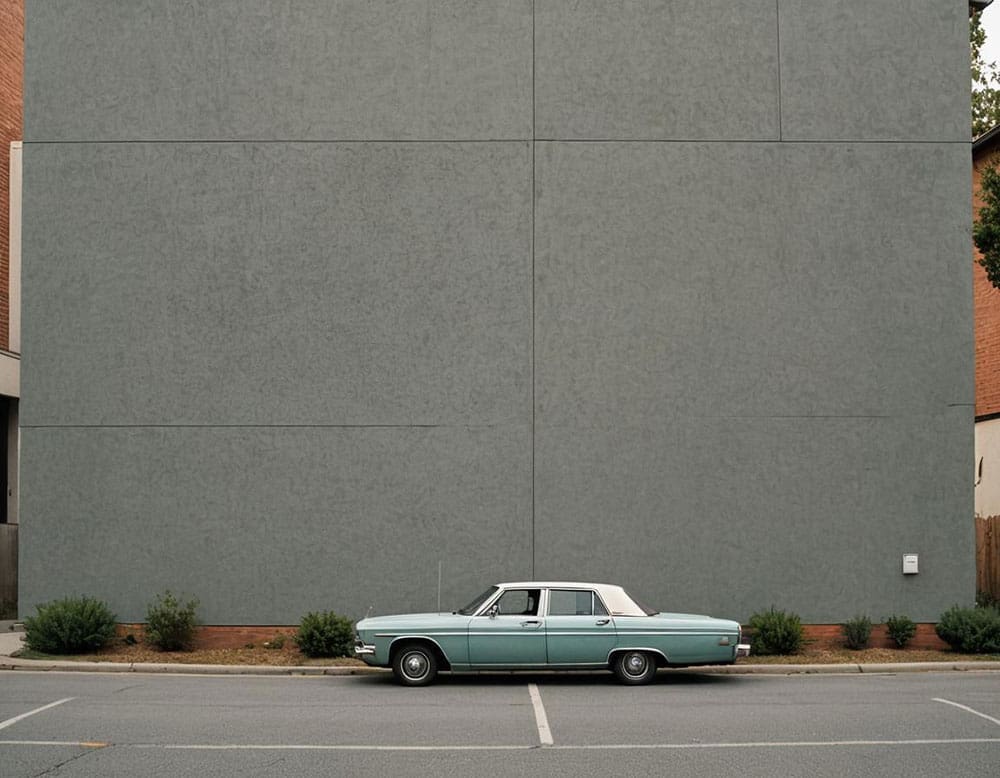
Directors such as Federico Fellini, Ingmar Bergman, and Jean-Luc Godard became icons of this movement, creating films that were not only artistically innovative but also intellectually challenging. The movement grew in response to the limitations of mainstream cinema, and it gave filmmakers a platform to express their unique perspectives, often delving into controversial or niche topics that mainstream audiences found inaccessible.
Initially, Art House films were primarily screened in small, independent cinemas – hence the term “Art House” – often attracting cinephiles, academics, and avant-garde artists. Over time, however, Art House cinema has gained greater recognition and respect, influencing mainstream cinema and being embraced by festivals like Cannes, Sundance, and Venice. These films, while still often marginalized in the commercial market, have become cultural landmarks, representing a form of artistic integrity in an increasingly commercialized industry.
“Art House cinema is where the real conversation begins.”
Jim Jarmusch
Table of Contents
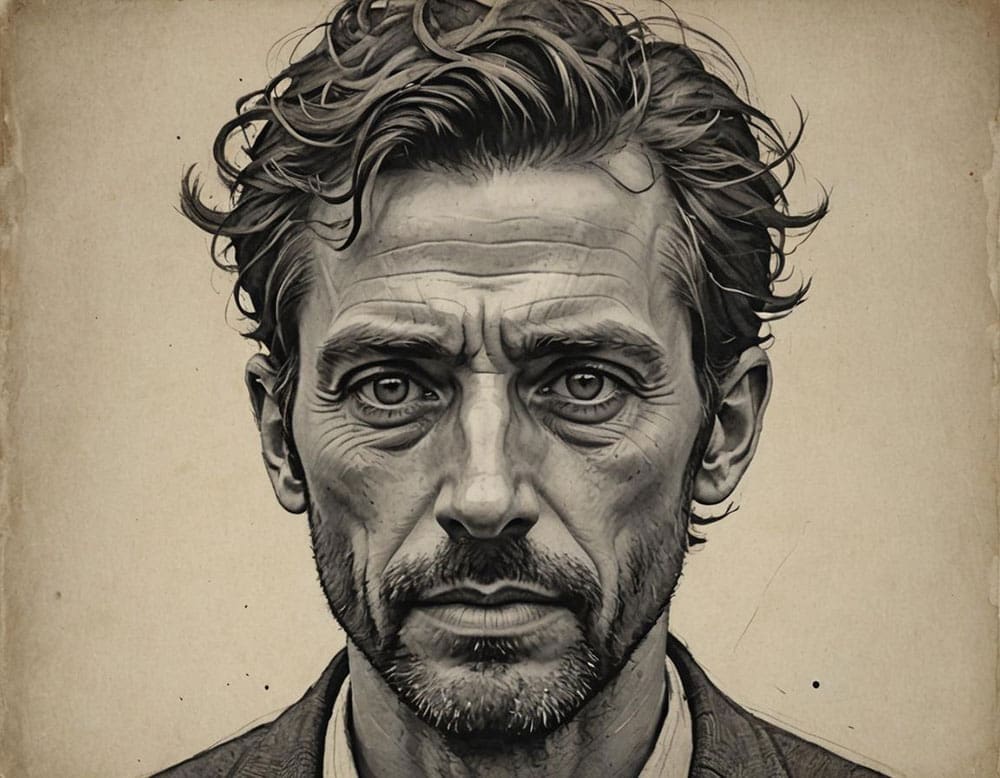
Origins of the Art House Movement
The roots of the Art House movement can be traced back to post-World War II Europe, where filmmakers were eager to explore the darker, more existential aspects of the human experience. This period saw the birth of movements such as Italian Neorealism and the French New Wave, which profoundly shaped the Art House aesthetic. Italian Neorealism, led by filmmakers like Roberto Rossellini and Vittorio De Sica, rejected the lavish, studio-based productions of Hollywood in favour of gritty, on-location shoots that focused on the lives of ordinary people. These films highlighted social issues such as poverty, war, and injustice, using non-professional actors and real settings to create an intimate, almost documentary-like atmosphere.
Meanwhile, in France, the French New Wave (Nouvelle Vague) filmmakers, including Jean-Luc Godard, François Truffaut, and Agnes Varda, sought to break away from traditional cinematic conventions. Their films were highly self-referential, often using jump cuts, long takes, and handheld camera work to draw attention to the act of filmmaking itself. The New Wave directors rejected the constraints of commercial cinema, prioritizing personal expression and innovation over polished, formulaic narratives. This experimental approach to filmmaking was highly influential, spreading across Europe and eventually reaching America.
“Art House films don’t give you answers – they ask you questions.”
Wim Wenders
Art House Cinema in America
In the United States, the Art House movement gained momentum in the 1950s and 1960s, spurred by the rise of independent filmmakers who wanted to break free from the formulaic constraints of Hollywood. Directors like John Cassavetes, whose film Shadows (1959) is often cited as one of the first American Art House films, used improvisation, naturalistic dialogue, and low-budget techniques to create intimate, character-driven stories that challenged mainstream sensibilities. Cassavetes’ work paved the way for other American auteurs, such as Robert Altman, David Lynch, and Jim Jarmusch, who became synonymous with Art House cinema in the U.S.
Intellectuals, Students and Artists
During this period, independent theatres that catered specifically to Art House films began to spring up in major cities across the United States. These theatres were often located in university towns or bohemian neighbourhoods, attracting intellectuals, students, and artists who were looking for an alternative to the blockbuster fare coming out of Hollywood. By the 1970s, Art House cinema had carved out a dedicated niche audience, and film festivals like the New York Film Festival and the Telluride Film Festival became important venues for showcasing these films.

*All book images suggest books that offer in-depth insights into the history, philosophy and impact of Art House and all book images Open a New tab to our Bookshop.
**If you buy books linked to our site, we get 10% commission from Bookshop.org, whose fees support independent bookshops.
Federico Fellini and 8½
Federico Fellini’s 8½ (1963) is a quintessential example of the Art House movement. The film is an introspective, surreal exploration of a filmmaker’s creative block, blending reality with fantasy in a way that was ground-breaking for its time. 8½ exemplifies the hallmarks of Art House cinema: it is highly personal, non-linear in its narrative structure, and visually inventive. Fellini’s film delves deep into the psyche of its protagonist, played by Marcello Mastroianni, who grapples with existential questions about his art, his identity, and his relationships.
The film’s title refers to Fellini’s tally of his previous works: seven features, one short, and a co-directed feature, making 8½ his eighth-and-a-half film. Its self-reflexive nature, where the film’s protagonist is a film director trying to make a movie, was a direct commentary on the pressures and internal struggles Fellini himself was facing as an artist. The blending of dreams, memories, and reality, along with the highly stylized, almost carnivalesque aesthetic, pushed the boundaries of what cinema could be. It challenged audiences to think deeply about the nature of creativity and reality, and it cemented Fellini’s place as a leading figure in Art House cinema.
Ingmar Bergman and Persona
Ingmar Bergman’s Persona (1966) is another key work within the Art House movement. The film is a psychological drama that explores the relationship between an actress, Elisabet (played by Liv Ullmann), who has suddenly become mute, and her nurse, Alma (played by Bibi Andersson). Over the course of the film, the two women’s identities begin to merge, creating a haunting meditation on the nature of selfhood, communication, and the human psyche.
Persona is renowned for its experimental techniques, including extreme close-ups, disjointed editing, and breaking the fourth wall. The film opens with a bizarre montage of images – such as a sheep being slaughtered and a nail being hammered into a hand – setting the tone for the surreal, almost nightmarish quality of what follows. Bergman’s use of silence, long pauses, and stark black-and-white cinematography heightened the film’s psychological tension, creating an atmosphere that was both minimalist and profoundly unsettling. Persona has been analysed endlessly by scholars and critics, and it remains one of the most iconic examples of Art House cinema.
David Lynch and Eraserhead
David Lynch’s Eraserhead (1977) is an American Art House classic that encapsulates the movement’s penchant for the surreal and the avant-garde. The film, which took five years to complete on a shoestring budget, is an unsettling exploration of fatherhood, alienation, and industrial decay. Shot in black-and-white, Eraserhead is filled with nightmarish imagery, including a deformed, crying baby and a woman living inside a radiator, both of which contribute to the film’s dreamlike, disturbing atmosphere.
Lynch’s film defies conventional storytelling, with minimal dialogue and a loose narrative structure that leaves much open to interpretation. It functions more as an experience than a story, using its eerie sound design and unsettling visuals to provoke a visceral response in the viewer. Eraserhead became a cult favourite and established Lynch as one of the most unique and daring voices in American cinema. His later.
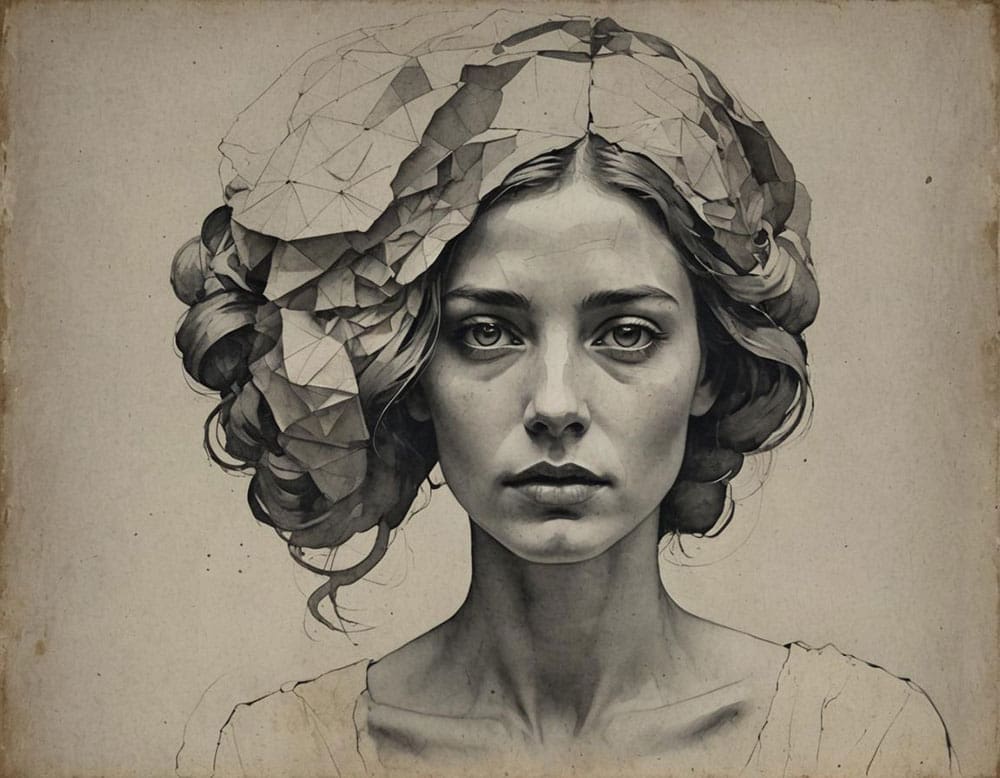
The Current State of Art House Cinema
Today, the Art House movement continues to thrive, although it has evolved significantly since its inception. The rise of digital streaming platforms like Netflix, Mubi, and Criterion Channel has made Art House films more accessible to a global audience, allowing independent filmmakers from around the world to reach viewers who may not have had access to such films in traditional theatres. These platforms have also provided funding for projects that might not have been possible in the past, giving rise to a new generation of Art House filmmakers.
At the same time, the line between Art House and mainstream cinema has blurred, with many filmmakers who began in the Art House world – such as Quentin Tarantino, Paul Thomas Anderson, and Wes Anderson – gaining widespread commercial success. While these directors still maintain their distinct, auteur-driven approaches, their work is now more widely embraced by both critics and mainstream audiences. The success of films like Parasite (2019), which won the Academy Award for Best Picture, demonstrates how Art House films can still resonate with a broad audience while maintaining their artistic integrity.
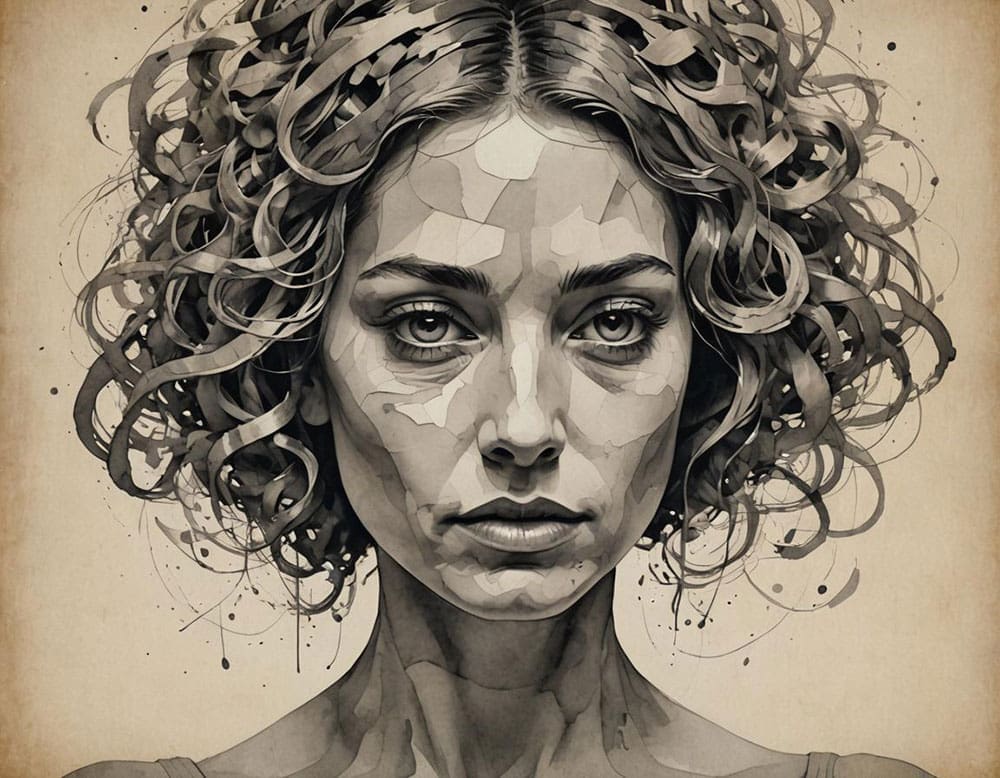
Shaping the Landscape of Modern Cinema
The Art House movement has played a critical role in shaping the landscape of modern cinema, providing a platform for filmmakers who prioritize artistic vision and experimentation over commercial appeal. From its roots in post-World War II Europe to its current manifestation in the digital age, Art House cinema has continued to push the boundaries of what film can be.
Directors like Federico Fellini, Ingmar Bergman, and David Lynch have demonstrated that cinema can be more than just entertainment – it can be an art form that challenges, provokes, and inspires. As the film industry continues to evolve, the Art House movement will remain an essential part of the cinematic landscape, offering a vital alternative to the mainstream.
“The Art House tradition is the cinema of personal vision.”
Agnès Varda


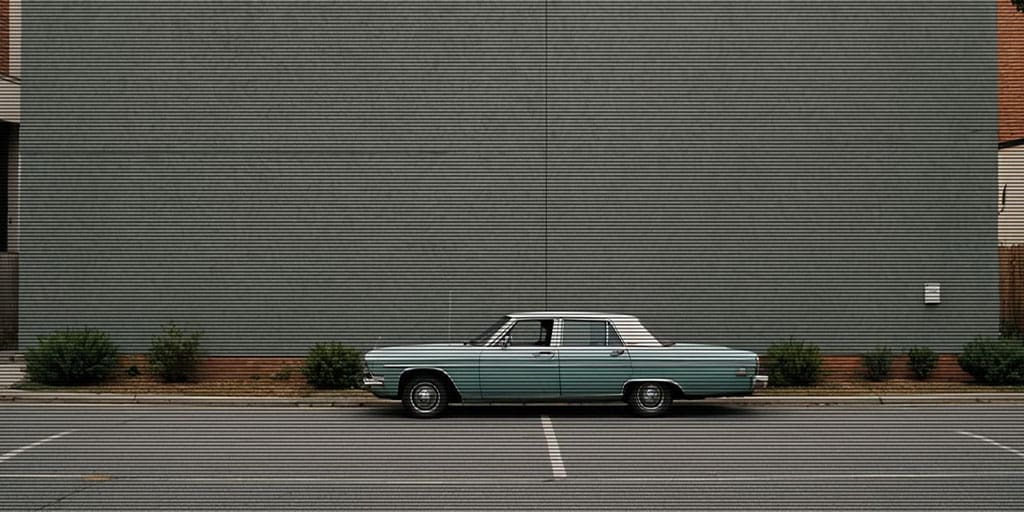
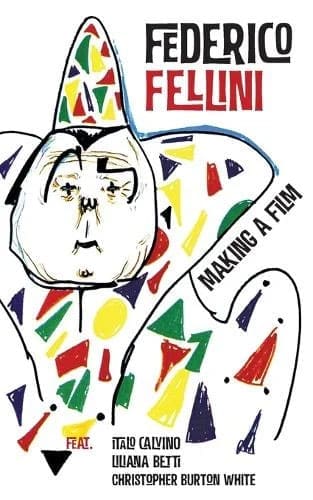
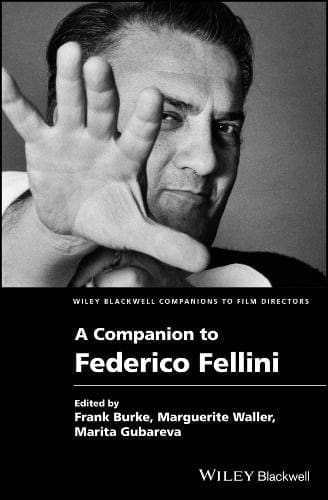

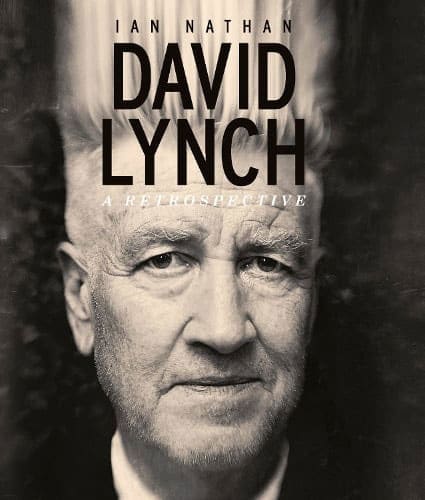

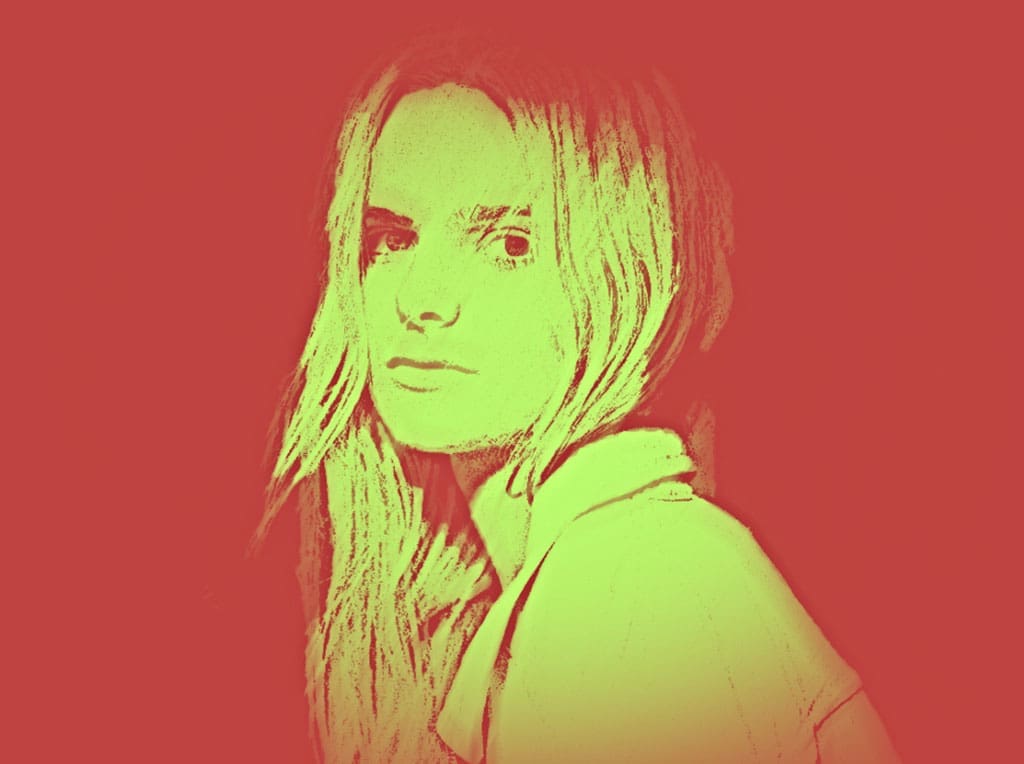
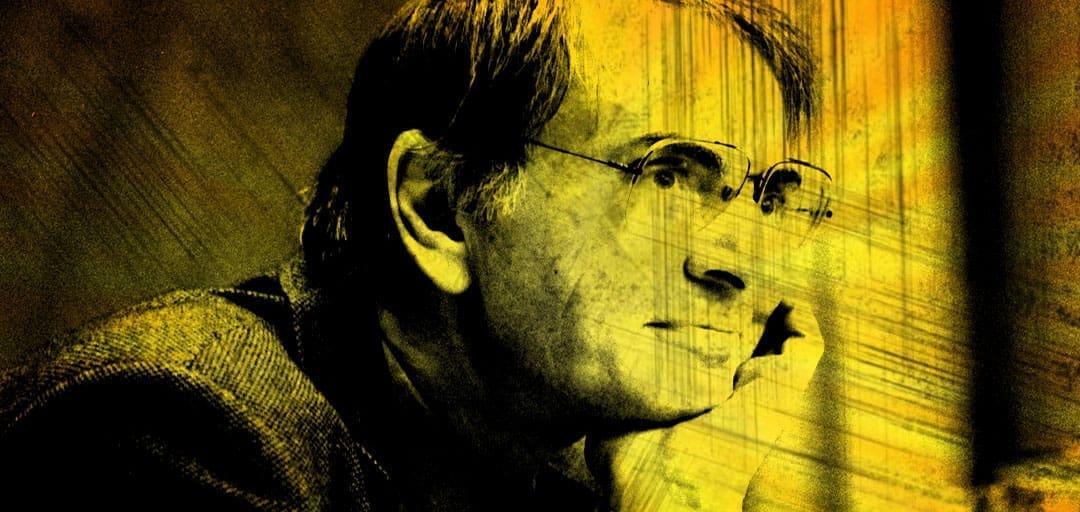










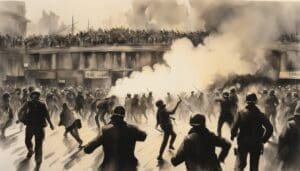









Leave a Comment